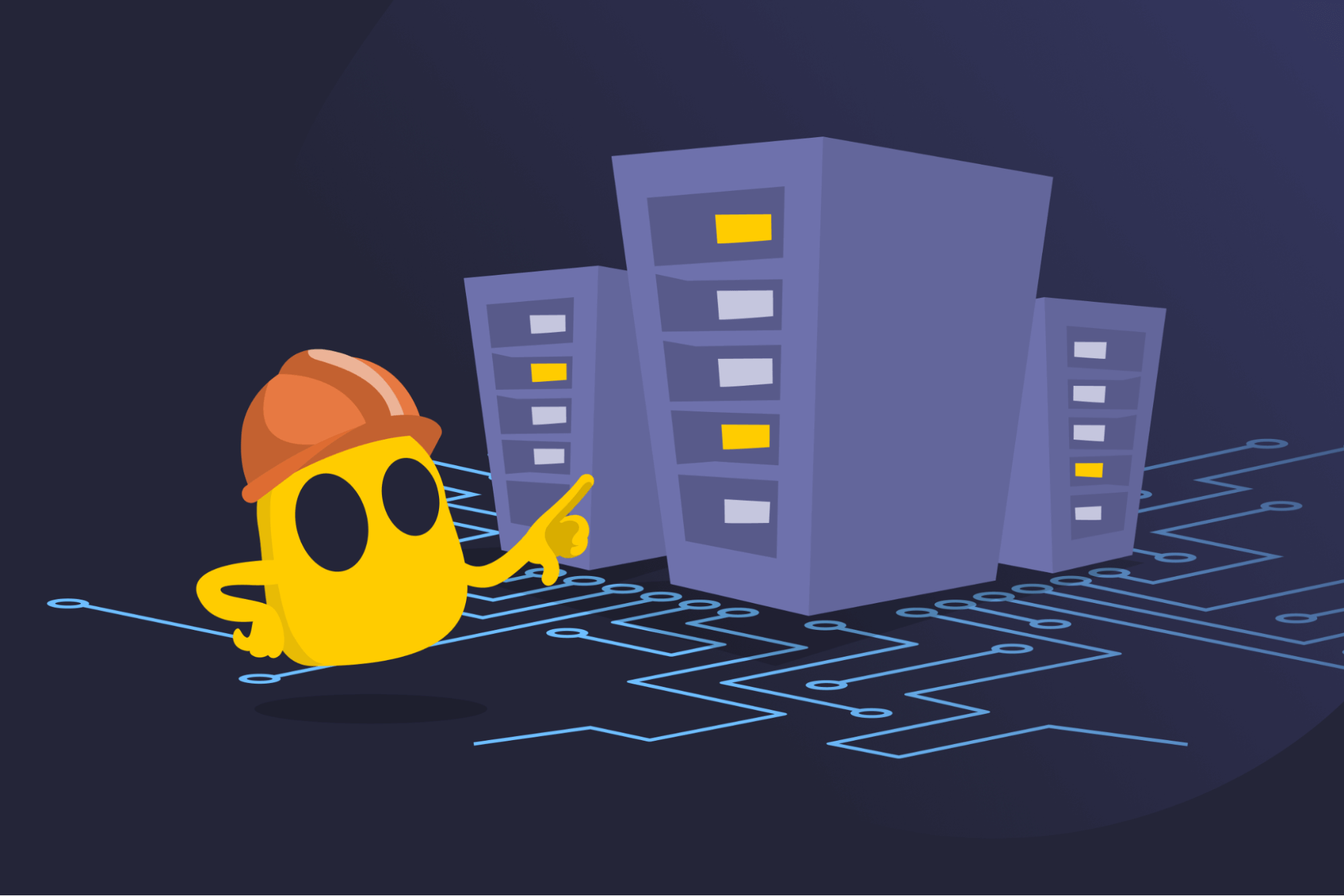Server Redundancy

Server Redundancy Definition
Server redundancy is the practice of adding duplicate servers or components to keep a service running if one part of it fails. Instead of a single machine carrying all traffic, the workload is spread across multiple equivalent servers. A load balancer watches each node with health checks, and if one stops responding, it routes users to a healthy node, often without anyone noticing. As a result, server redundancy reduces downtime from hardware crashes, software bugs, and routine updates.
How Server Redundancy Works
Redundancy puts multiple equivalent servers behind the front end, which could be a load balancer or cluster controller. That front end runs health checks and, on failure, routes traffic away from the bad node. Designs are either active-active (all nodes serve traffic; others absorb the load if one fails) or active-passive (a standby server takes over when the primary one dies).
For server redundancy to work, data and user sessions must survive node loss. To make that possible, systems use replication, where copies are stored on multiple machines. Apps are often designed to be stateless, or they keep data in a shared cache or database. This way, users aren’t logged out if one server goes down. The same mechanism enables maintenance, since a node can be drained, patched, and restored without downtime.
Benefits of Server Redundancy
- Always available: If one server fails, others keep things running smoothly.
- Easier maintenance: Teams can update or restart servers without taking the service offline.
- Stable performance: Extra servers handle traffic spikes or failures without slowing things down.
- Fast recovery: Automatic monitoring detects problems and switches to healthy servers quickly (failover).
- Problem containment: Issues like crashes or bugs stay on one server and don’t affect the rest.
- Protection from local outages: Servers in different regions keep services running even if one area goes down.
- Flexible updates: Changes can be tested on some servers first and rolled back easily if needed.
Limitations of Server Redundancy
- Higher cost: Extra servers require more spending on licensing, power, and network capacity.
- More complex: More infrastructure needs detailed configuration, monitoring, and management.
- Correlated failures: Redundancy in one data center won’t help a site-wide outage.
- Data vulnerability: Extra servers don’t protect against deletion, corruption, or ransomware.
Server Redundancy Examples and Use Cases
- Websites and apps: Popular sites and apps often run on several identical servers. If one breaks, a load balancer automatically sends visitors to the working ones so nobody notices an issue.
- Databases: Important data is usually stored in more than one place. If the main database goes down, a backup copy in another location takes over.
- VPNs: Companies often set up VPN gateways in different regions. If one goes offline, connections switch to another automatically, keeping employees connected.
- Cloud storage: Files aren’t just stored in one data center—they’re copied across several. Even if one location has a power cut, your files stay safe and accessible.
- Online gaming: Multiplayer games run many servers per region. If one server crashes, players quickly reconnect to another, so matches continue with minimal disruption.
Read More
FAQ
To create a redundancy server, you first need to determine what has to remain online. List the parts of your app, set a basic uptime goal, and choose a model (active-active or active-passive). Next, put a traffic manager in front and enable health checks so bad nodes are removed automatically. The final step includes testing and monitoring, which includes activating alerts and researching failover to verify that everything works.
Redundancy refers to the ability of two or more servers to perform the same job, allowing one to cover for another. That way, if one server experiences performance issues, the other server can take over the traffic, data, and everything else. Failover is the handoff when something breaks. It’s a process of diverting traffic away from a failed node, which allows online services to avoid outages.
Server redundancy keeps an online service available by running extra equivalent servers. If one fails, another takes over with little to no disruption. A backup protects data by storing safe copies, which is essential for restoring data after deletion, corruption, or ransomware. Online services use server redundancy to avoid downtimes and backups to recover their data.

 45-Day Money-Back Guarantee
45-Day Money-Back Guarantee